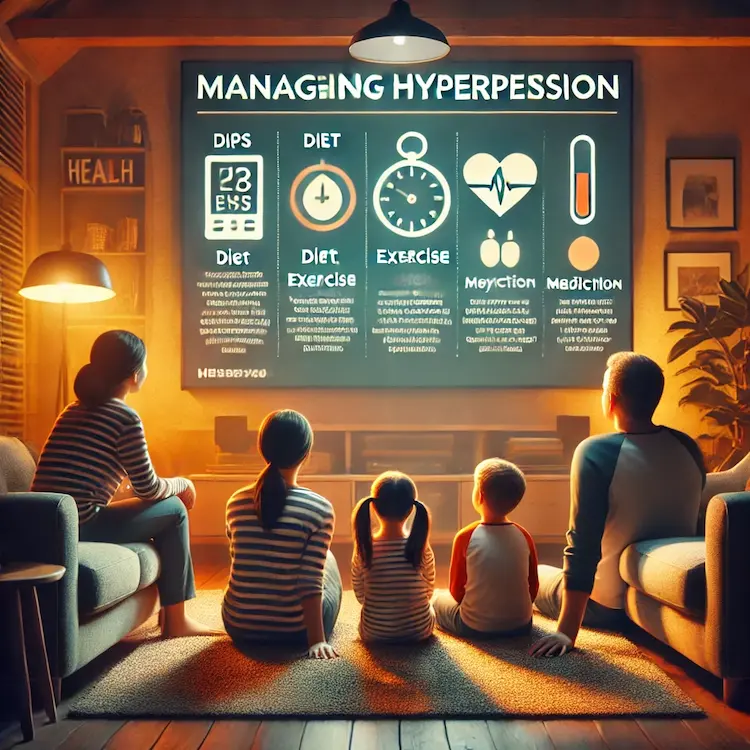The media plays a crucial role in disseminating health information, influencing public perception, and shaping awareness around critical issues like blood pressure. With hypertension being a leading risk factor for cardiovascular diseases globally, the role of media in blood pressure awareness cannot be overstated. This article explores how media channels contribute to public health, the methods they employ, and how these efforts impact society’s understanding and management of blood pressure.
The media serves as a vital conduit for health education, offering accessible information about the causes, symptoms, and prevention of high blood pressure.
In rural or underserved areas, where healthcare resources may be limited, media campaigns can help bridge the gap by providing essential health information.
The media emphasizes the importance of adopting healthy lifestyles, such as regular exercise, a balanced diet, and stress management, to prevent hypertension.
Governments and non-profits leverage PSAs to spread blood pressure awareness during key health observances, such as World Hypertension Day.
Platforms like Facebook, Instagram, and TikTok amplify messages through:
News stories and documentaries delve into the societal impact of hypertension, often featuring expert interviews and real-life stories to personalize the message.
Studies show that media campaigns significantly boost public participation in health screenings. For example:
Continuous exposure to health-related content encourages individuals to adopt healthier habits, reducing hypertension prevalence.
Media normalizes discussions about chronic health conditions, reducing stigma and encouraging people to seek medical help.
| Media Type | Strengths | Limitations |
|---|---|---|
| Television & Radio | Broad reach, high credibility | Expensive, limited interactivity |
| Social Media | Interactive, cost-effective, wide audience | Risk of misinformation |
| Print Media | Detailed explanations, archived information | Declining readership |

The media plays a crucial role in raising awareness about blood pressure, educating the public on prevention, early detection, and management strategies. Whether through television, social media, print publications, or public health campaigns, different media platforms help disseminate valuable information that encourages lifestyle changes and proactive health monitoring.
By leveraging credible sources, engaging with interactive content, and participating in community-driven initiatives, individuals can benefit from media-driven awareness campaigns. Furthermore, the integration of digital tools, such as health apps and virtual consultations, continues to enhance the accessibility of hypertension-related information.